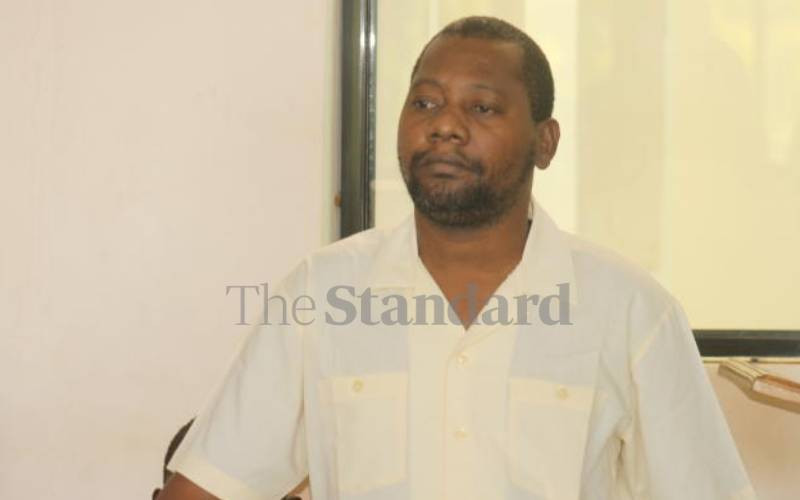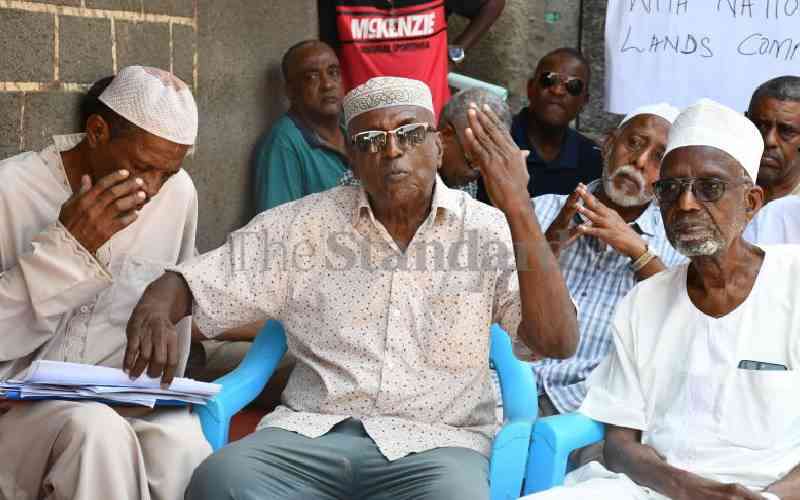MOMBASA: A week after Ali Salim, a mechanic, was allegedly seen with a female companion on the night of November 16, 2008 in Mombasa, the decomposing, naked body of a woman resembling her was discovered at an abandoned building within town.
Coincidentally, Salim later disappeared only to be traced a year later at the Shimo La Tewa Prison where he was serving a 30-day term for the offense of loitering.
He was arraigned before the High Court charged with murder. Prosecution witnesses maintained they saw Salim taking coffee with the deceased, identified as Kalthum Ali, at a café in Makadara grounds before her demise.
They were, however, unable to link the deceased’s body to that of the female companion they claimed to have seen in the company of Salim.
The only connection they cited was the presence of Salim’s alleged white cap next to the body, a pair of orange shoes and a grey handbag reportedly seen previously with his companion.
The investigating officer testified that the deceased’s mother and sisters could neither identify the orange pair of shoes as hers nor the handbag.
One witness, in particular, claimed that Salim had confessed to him that he had killed a woman by hitting her on the head with a glass bottle and robbed her of a broken gold chain and two mobile phones.
But when the mobile phones’ usage before and after the period in question were analysed by the service providers, no connection was found between Salim and the deceased.
In his ruling, the judge determined that Salim was guilty and sentenced him to 50 years in prions.
Salim immediately moved to the Court of Appeal where he successfully demonstrated that the prosecution failed to prove that the woman allegedly seen with him was the deceased.
And last month, the appellate bench comprising Justices Milton Makhandia, William Ouko and Kathurima M’inoti quashed Salim’s conviction.
They criticised the High Court for convicting Salim on what they described as unreliable circumstantial evidence and disregarding exculpatory evidence given by the doctor who conducted the postmortem and the owner of the building where the body was found.
The doctor had testified that death was due to pressure being applied on her neck and not head trauma while the landlord said the occupant of the leased flat, where the body was found, vanished upon learning of the incident.
 The Standard Group Plc is a
multi-media organization with investments in media platforms spanning newspaper
print operations, television, radio broadcasting, digital and online services. The
Standard Group is recognized as a leading multi-media house in Kenya with a key
influence in matters of national and international interest.
The Standard Group Plc is a
multi-media organization with investments in media platforms spanning newspaper
print operations, television, radio broadcasting, digital and online services. The
Standard Group is recognized as a leading multi-media house in Kenya with a key
influence in matters of national and international interest.
 The Standard Group Plc is a
multi-media organization with investments in media platforms spanning newspaper
print operations, television, radio broadcasting, digital and online services. The
Standard Group is recognized as a leading multi-media house in Kenya with a key
influence in matters of national and international interest.
The Standard Group Plc is a
multi-media organization with investments in media platforms spanning newspaper
print operations, television, radio broadcasting, digital and online services. The
Standard Group is recognized as a leading multi-media house in Kenya with a key
influence in matters of national and international interest.








